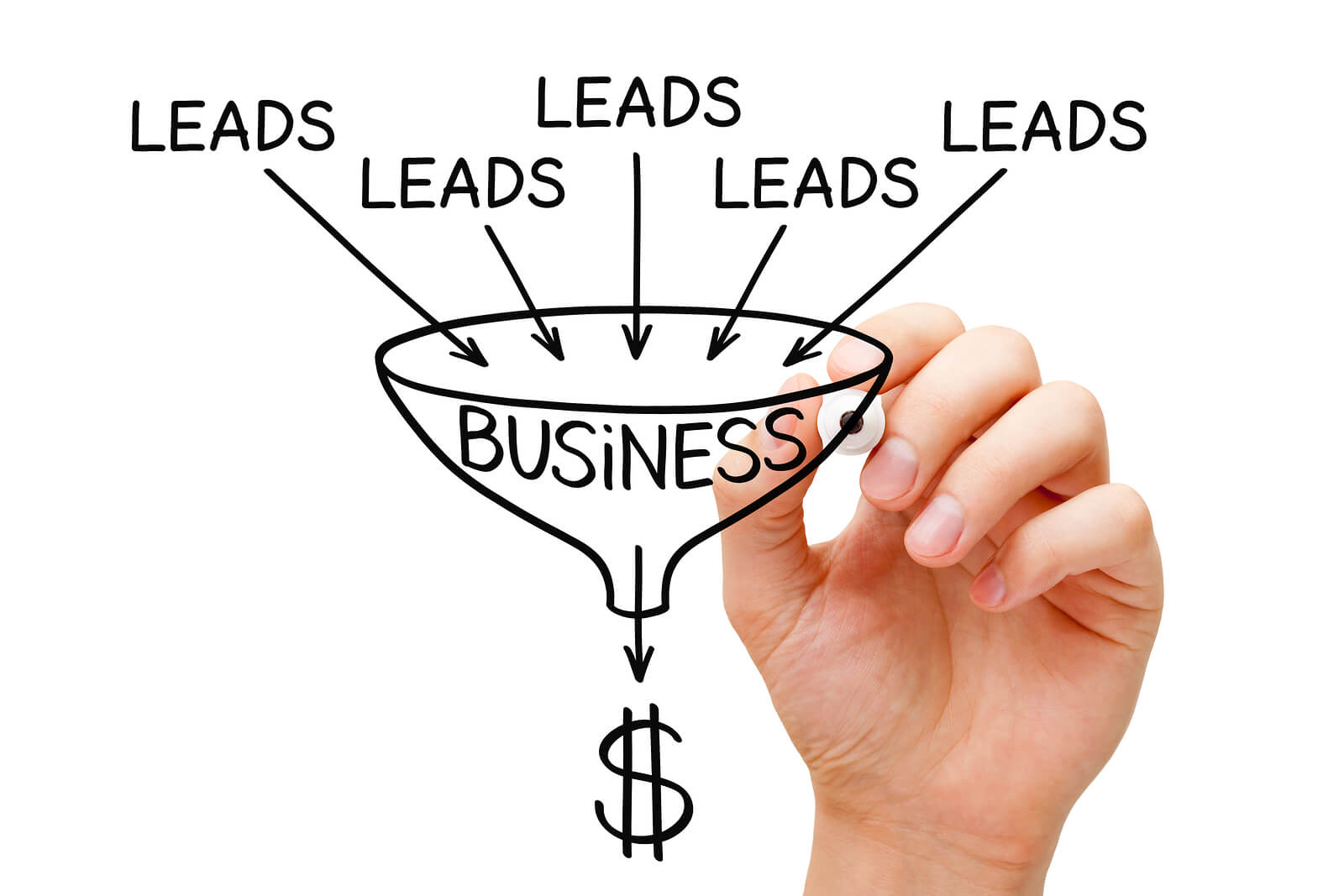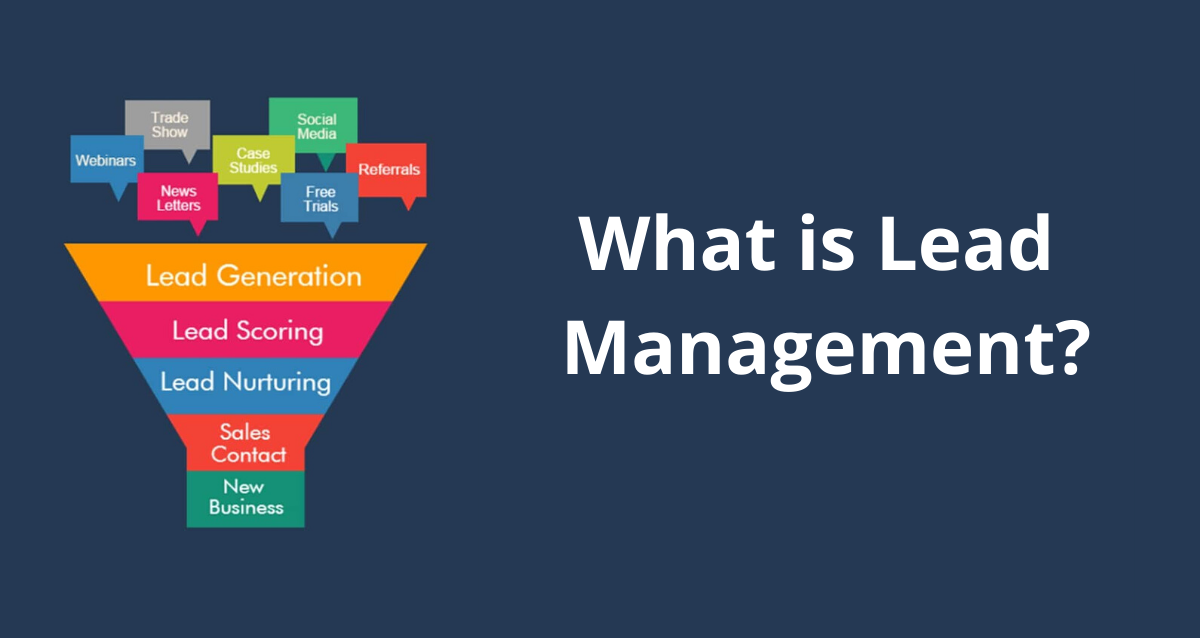Effective Strategies for Lead Acquisition and Marketing
In the world of marketing, lead acquisition is a crucial step on the path to business success. This process involves identifying and converting potential customers for your products or services—an indispensable part of the customer acquisition process.
Understanding how to effectively attract and engage leads can exponentially increase your chances of expanding your customer base and enhancing your return on investment.

Refining your lead acquisition strategy demands a robust understanding of various tactics and their appropriate implementation. Quality leads are the lifeblood of any sales-driven organization, and in this digital age, an array of tools, digital marketing agencies (Digital Nomads HQ), and methodologies can be leveraged to capture the attention of prospective clients.
From utilizing advanced CRM platforms to optimizing your content marketing efforts, the scope for innovation in lead acquisition is broad and teeming with possibility.
Understanding Lead Generation
Lead generation is pivotal to cultivating a robust pipeline of potential customers for your business. Using tools like the best website visitor tracking software makes it easier to capture interest and nurture qualified leads through the sales funnel, eventually converting them into paying customers.
The Basics of Lead Generation
Lead generation is the first step in your customer's journey. You'll start by identifying potential customers who might have an interest in your products or services. Think of this process as the gateway to building a broader customer base.
A qualified lead is someone who has shown interest through actions like subscribing to a newsletter, downloading a whitepaper, or engaging with your social media content. To measure the success of these efforts, it’s essential to track how these leads move through the sales funnel, from initial contact to final sale.
Strategies for lead generation:
Content marketing: Use valuable and relevant content to attract leads.
SEO and PPC campaigns: Drive targeted traffic to your site.
Social Media Engagement: Engage with users and encourage them to visit your landing pages.
Email Marketing: Send personalized content and offers to nurture leads.
B2B vs B2C Lead Acquisition Strategies

B2B (business-to-business) lead generation is distinct because it usually involves a longer decision-making process, higher-value transactions, and a focus on building professional relationships. B2B companies need to align their content and outreach strategies with the specific needs and pain points of their target market.
B2B Strategies:
LinkedIn networking: An excellent platform for connecting with qualified prospects.
Industry Events: Ideal for personal engagement and establishing qualified leads.
Whitepapers and Case Studies: To demonstrate expertise and value to potential customers.
B2C (business-to-consumer) strategies often emphasize the emotional appeal and immediate benefits for the consumer, with a streamlined path to purchase.
B2C Strategies:
Influencer Partnerships: To leverage personal recommendations.
Social media campaigns: For broad audience reach and engagement.
Discount Offers: To create urgency and prompt purchases.
In both spheres, the end goal is to create meaningful and engaging customer journeys that guide the lead toward a purchase decision.
Effective Lead capture Techniques

To maximize your lead generation efforts, it's essential to focus on strategic capture methods for your digital assets. Below, we'll explore how optimizing your landing pages and leveraging lead magnets can significantly enhance your ability to gather high-quality leads.
Optimizing Landing Pages
Your landing page is the cornerstone of successful lead capture. To ensure it performs effectively, start by implementing a clean, visually appealing design that aligns with your brand and message. The call-to-action (CTA) must be bold and clear, prompting visitors to take the next step. Ensure that your CTA is accompanied by a lead capture form that is concise, requesting only essential information like an email address, to reduce friction.
It's also crucial to optimize for mobile users; a responsive design ensures accessibility and improves the user experience. To further increase conversions, consider using pop-ups with timed or exit-intent triggers that present visitors with a final CTA or offer.
Utilizing Lead Magnets and Offers
Lead magnets are valuable resources offered in exchange for contact information. Yours should provide specific solutions to your target audience's problems or needs. Types of lead magnets include eBooks, whitepapers, free trials, and webinars. Each lead magnet should be gated content, meaning access is granted once a visitor provides their details through a form.

Create a compelling offer that resonates with your audience's interests. For example, a discount code or free consultation can act as a strong incentive. Additionally, employ targeted ads, such as Facebook ads, to promote your lead magnets to a broader audience. Make sure these ads lead to a dedicated landing page that mirrors the offer's message and value proposition.
Leveraging Marketing Channels
Effectively leveraging various marketing channels is crucial to driving lead acquisition and boosting return on investment (ROI). Each channel serves distinct purposes and, when used strategically, can significantly enhance your lead generation efforts.
Email Marketing for Lead Nurturing
Email marketing remains a powerful lead-nurturing tool. With marketing automation solutions, segmenting your audience and personalizing email campaigns can yield higher engagement. Aim to provide value in each newsletter by addressing the specific needs and interests of your leads, which keeps them moving through your sales funnel.
Consistent and thoughtful email marketing helps build trust and keeps your brand top of mind. Use compelling subject lines, clear CTAs, and valuable content to drive conversions and deepen customer relationships.
Social Media and PPC Campaigns
Social media platforms offer a dynamic space for engaging with potential leads. By crafting targeted social media posts and integrating social media ads, businesses can increase their visibility and attract new prospects. Google Ads and other PPC strategies complement this by positioning your offerings on relevant SERPs and capturing leads actively searching for related services.
Content Marketing and SEO
Content marketing is a cornerstone of online marketing. It attracts leads through informative and compelling content that addresses customer pain points. Enhance this strategy with robust SEO efforts to improve your content's visibility on search engine results pages. High-quality content that ranks well organically builds trust and encourages engagement.
Leverage Local SEO
For businesses targeting local markets, implementing local SEO techniques is essential. However, not all businesses yet seem to be aware of its true potential.
"Over a decade ago, I was also skeptical of local SEO-focused strategies, considering them merely one piece of the puzzle,” says Graham Grieve, founder of A1 SEO Glasgow, a renowned Scottish marketing agency. “But when we realized the potential behind these highly valuable and easily-converting leads, the team started nudging all of our clients to think about their place in the local community first and foremost.”
And while some businesses are intrinsically global and online-based, there’s never harm when it comes to putting a place to your service. It sends positive signals to Google’s algorithm, indicating that your brand is a real one, not just an excuse to funnel leads to another project.
Lead Management and Nurturing

Lead management and nurturing are pivotal in transforming prospects into paying customers. With a focus on building relationships and guiding leads through the sales funnel, a strategic approach can significantly increase conversion rates.
Building a Reliable CRM System
Your CRM (customer relationship management) system acts as the backbone of lead management. It stores crucial lead data in a centralized database, offering insights into each prospect's history and behaviors. To set up a robust CRM, ensure it can:
a. Automate data capture to streamline your workflow.
b. Provide detailed reports for enhanced understanding of lead activities.
c. Integrate with your marketing tools for cohesive outreach efforts.
A well-structured CRM system allows you to manage large volumes of inbound leads efficiently, providing you with the necessary tools to nurture these leads effectively.
Segmentation and Lead Scoring
Segmentation divides your lead database into smaller, more focused groups based on specific criteria such as demographics, engagement level, or purchase history. This lets you tailor your marketing messages to resonate with each group’s unique needs and preferences.
Lead scoring assigns a value to each prospect based on their actions and engagement with your content. It helps you prioritize leads who are more likely to convert, allowing you to create custom funnels. For instance, if it’s a particularly important lead, you can shorten the usual steps and guide the new customer to immediately claim their gift or goodies while being subtly nudged into signing a contract via a simple online PDF editor and thereby closing the deal.
Conversion Optimization and Analysis
To elevate your lead acquisition efforts, you must enhance your conversion rates and harness the power of analytics for precision targeting. This will directly influence your sales volume and revenue.

Improving Conversion Rates
Sales and revenue are deeply impacted by your lead conversion rates. Start by examining your lead qualification process to ensure that the effort you invest in is focused on high-quality, likely-to-convert leads. Developing a detailed buyer persona will allow you to tailor your approach to the specific demographics and interests of your potential customers.
An effective strategy to improve conversion rates is to craft personalized offers. Statistics show that personalized marketing can significantly enhance engagement and conversion rates. Likewise, integrating referrals into your lead acquisition process can both lower acquisition costs and create a self-sustaining cycle of new leads.
Utilizing Analytics for Better Targeting
Strong analytics capabilities are essential for understanding the nuances of your audience and optimizing your conversion strategies. By tracking various metrics, you can pinpoint where your leads drop off and where they convert, allowing for data-driven adjustments to your marketing tactics.
Determine your audience's preferred channels and content types by analyzing the conversion rates of different demographics. Adjust your marketing strategy accordingly to ensure you're investing in channels that resonate best with your target buyer's persona. This precision targeting does not only improve lead quality but also maximizes the efficiency of your marketing budget.

Photo by Jason Goodman on Unsplash
Conclusion
Effective lead acquisition is fundamental to the growth of your business. As you navigate the evolving marketplace, remember to:
1. Consistently enhance your lead generation strategies.
2. Prioritize the quality of leads over sheer quantity.
Remember, the journey doesn’t end at acquisition; nurturing leads to loyal customers, which is crucial for sustainable growth. By adopting a combination of inbound marketing techniques and proven tactics, you can lay a strong foundation for your sales pipeline.
Keep abreast of new trends and technologies that can give you a competitive edge in lead acquisition. With diligence and continuous improvement, you can build a robust pipeline that contributes to the long-term success of your business.





